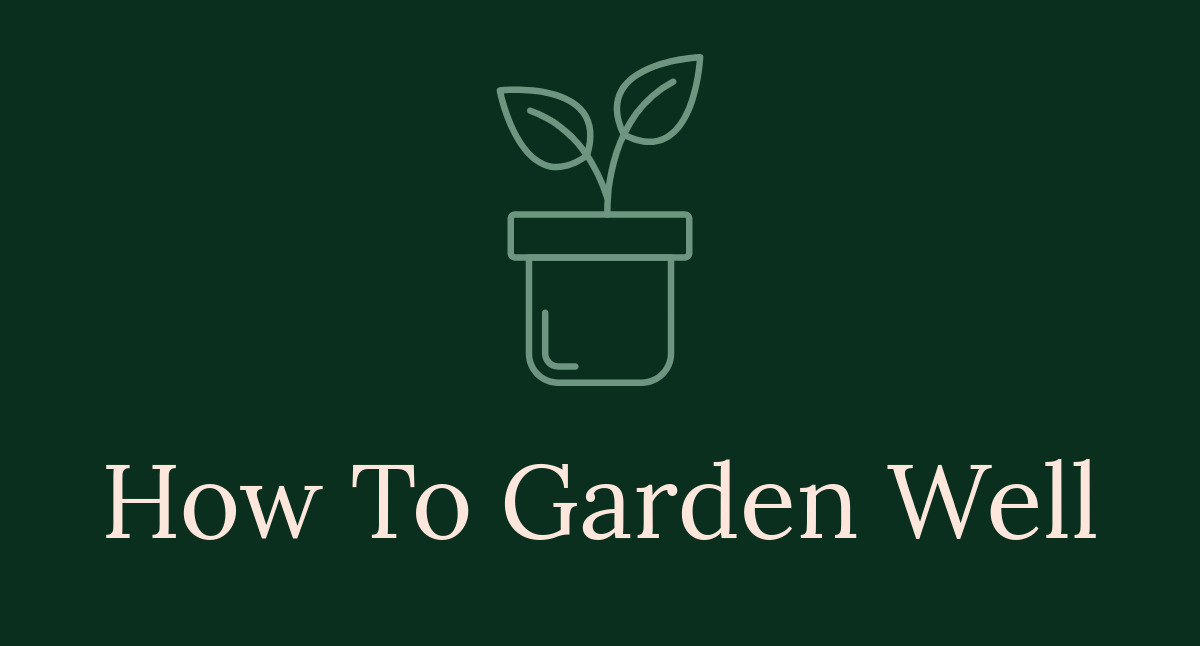
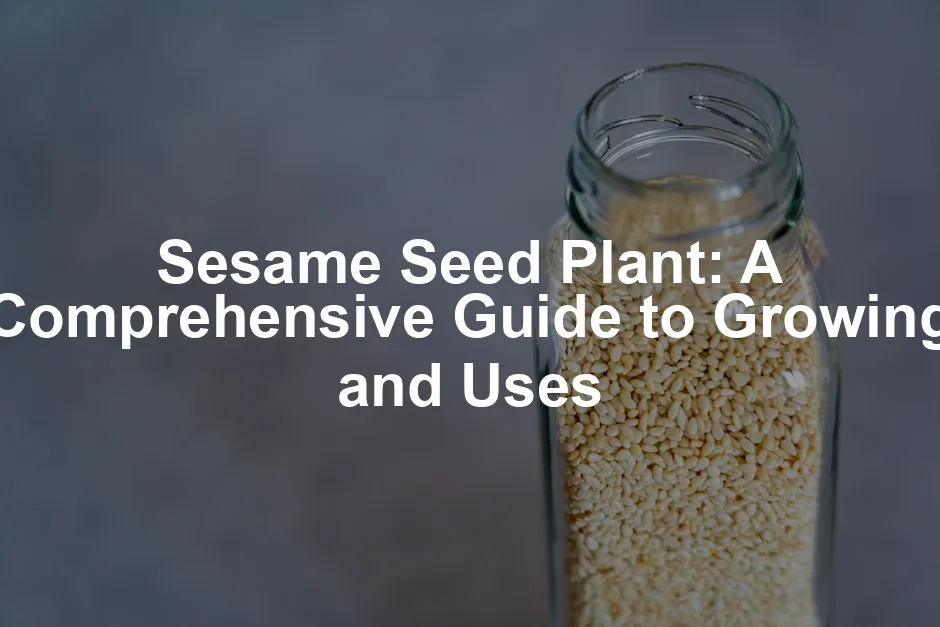
Sesame Seed Plant: A Comprehensive Guide to Growing and Uses
Introduction
The sesame seed plant is both beautiful and useful. Its seeds add flavor and nutrition to many dishes. Historically, sesame has been cultivated for thousands of years, praised for its oil and seeds. This adaptable plant thrives in gardens, offering aesthetic appeal alongside culinary benefits.
Speaking of culinary benefits, have you tried Organic Sesame Seeds? They’re not just great for your health; they add a delightful crunch to salads and stir-fries. Plus, they’re packed with nutrients to keep you feeling fabulous!
Summary and Overview
Sesame (Sesamum indicum) has a rich history, originating in Africa and India. Ancient civilizations valued it as an oil crop. The plant typically reaches a height of 2 to 4 feet and produces lovely bell-shaped flowers in shades of white, pink, or lavender. Each pod can contain over 100 seeds, which are harvested once they mature.
Sesame seeds are incredibly versatile. They can be used in various cuisines, from Asian to Middle Eastern dishes. Nutritionally, they are packed with healthy fats, protein, and fiber. In many cultures, sesame seeds symbolize prosperity and are core ingredients in traditional recipes. Their unique flavor enhances both sweet and savory meals, making them a favorite among chefs and home cooks alike.

Plus, if you’re looking to dive deeper into the world of sesame, consider adding a Cookbook featuring Sesame Recipes to your kitchen library. It’s a fun way to explore new dishes that will impress your friends and family!
How to Grow Sesame Seed Plants
Ideal Growing Conditions
To grow sesame successfully, start with well-drained soil. The ideal pH is neutral to slightly acidic. Sesame loves full sun, requiring at least 6 to 8 hours of direct sunlight daily. Plant seeds about ½ inch deep, ensuring good soil contact for germination.
The best planting time is late spring or early summer when temperatures are consistently warm. Sesame is drought-tolerant, but it needs moisture during germination. Space plants about 24 inches apart to allow for their growth. This spacing prevents overcrowding and promotes healthy development.
Germination takes approximately 10 to 14 days. Once established, sesame plants can grow quite tall, reaching heights of up to 4 feet. Pay attention to your local climate to maximize your chances of success in cultivating these delightful plants.
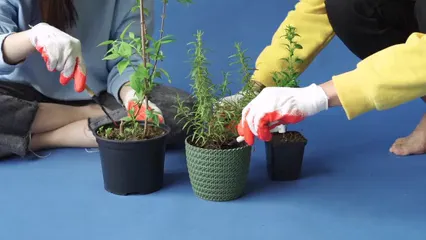
And don’t forget to protect your hands while gardening! A good pair of Gardening Gloves can save your fingers from thorns and dirt, allowing you to dig in with confidence!
Planting Techniques
When it comes to growing sesame, you can choose between direct sowing or transplanting seedlings. Direct sowing involves planting seeds directly into the garden soil, while transplanting allows you to start seeds indoors and move them outside later. Both methods have their advantages, so it’s worth experimenting to see what works best for you.
For successful germination, ensure good seed-to-soil contact. This is crucial for the seeds to sprout properly. An ideal soil temperature for planting sesame seeds is around 68°F. To prepare your seeds, soak them in water for a few hours before planting. This can enhance germination rates.
If you start seedlings indoors, remember to harden them off. Gradually expose them to outdoor conditions to help them adjust. Timing is essential; plant your seeds after the last frost for optimal growth. Whether you choose direct sowing or transplanting, each method can lead to a fruitful harvest. Why not give both techniques a try and discover which one yields the best results? You can learn more about best companion planting techniques for vegetable gardens 2024 to enhance your gardening skills.
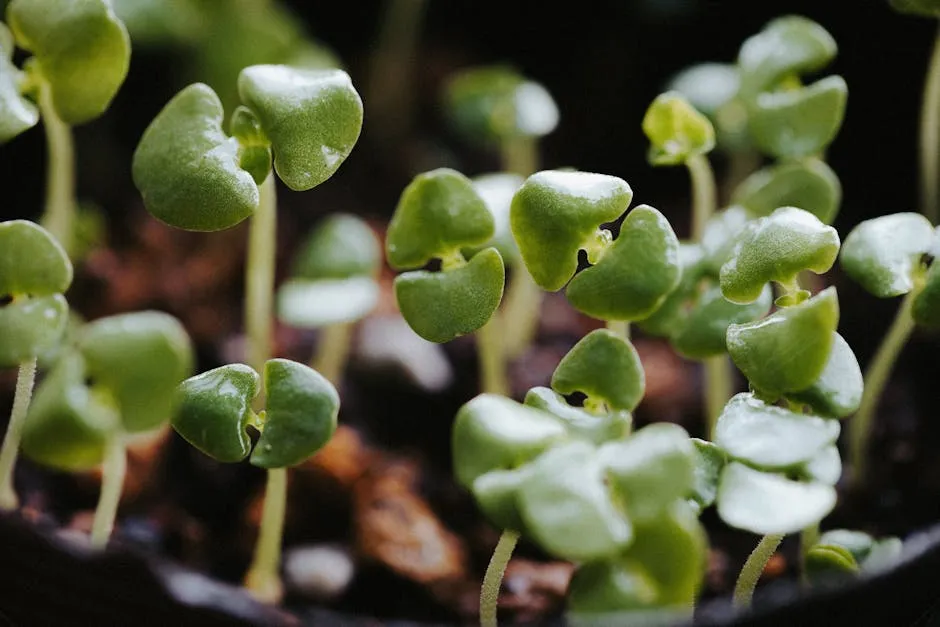
Understanding effective planting techniques can significantly improve your gardening success. best companion planting techniques for vegetable gardens 2024
Sesame Plant Care
Caring for sesame plants is straightforward and rewarding. Start with well-drained soil; this is crucial. Overwatering can lead to root rot. Water your sesame plants regularly, ensuring the top inch of soil dries out between sessions. Once established, sesame plants exhibit impressive drought resistance, thriving even in dry conditions.
When it comes to fertilization, use a balanced organic fertilizer. A bi-weekly feeding schedule during the growing season will enhance growth. Sesame plants typically benefit from nitrogen-rich fertilizers to promote strong foliage. Consider using a Organic Fertilizer to give your plants the nutrients they crave!
Pest management is essential for a successful harvest. Common pests include aphids and spider mites. Organic options like Pest Control Spray (Neem Oil) can effectively manage these pests without harmful chemicals. Regularly inspect your plants for signs of infestation.
By maintaining proper watering practices and addressing pests promptly, you’ll ensure a vibrant and productive sesame crop. What tips do you have for caring for sesame plants? Share your experiences in the comments!
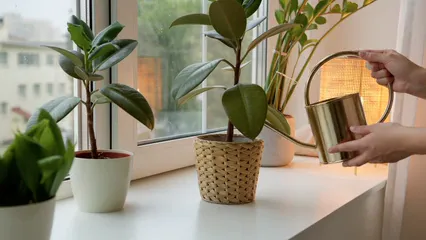
Harvesting Sesame Seeds
Timing your harvest is key for maximizing seed yield. Look for signs of maturity in the seed pods. When the pods turn brown and begin to crack, it’s time to act. Harvesting should occur before they fully open to prevent seed loss.
To harvest sesame seeds, cut the stalks and place them in a paper bag. This allows the pods to finish drying without spilling seeds. Ensure you check daily, especially if the weather is humid.
Once the pods are completely dried and brittle, gently pry them open. Each pod typically contains 50 to 80 seeds, and you’ll need around 15,000 seeds for one pound. After harvesting, store your seeds in an airtight container in a cool, dark place. For long-term preservation, consider freezing them.
Have you harvested sesame seeds before? Share your harvest stories in the comments!
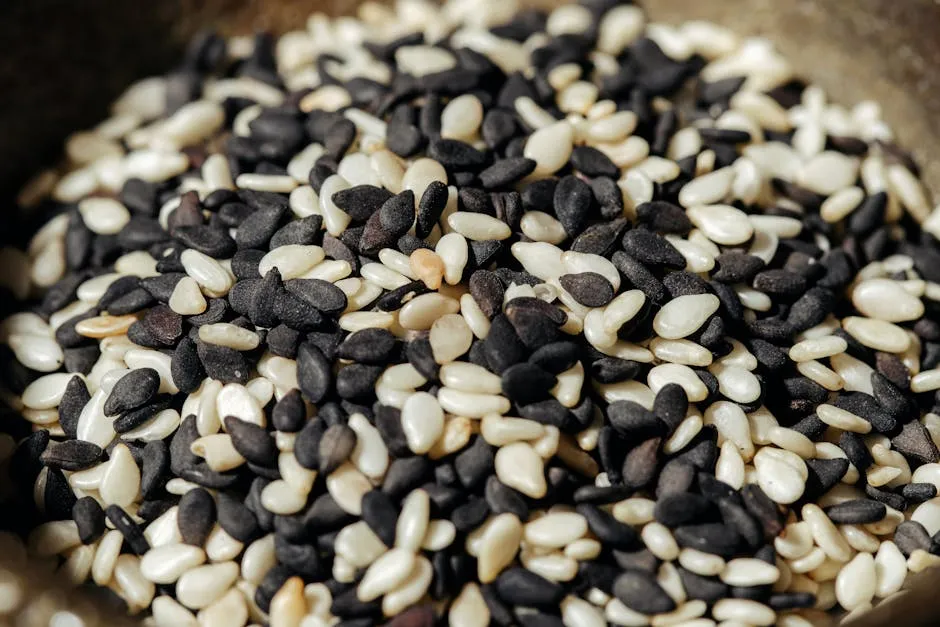
Culinary Uses of Sesame
Nutritional Benefits
Sesame seeds pack a powerful nutritional punch. They’re rich in protein, fiber, and healthy fats. Just one ounce of sesame seeds offers about 5 grams of protein and 3 grams of fiber. This makes them a fantastic addition to your diet.
These tiny seeds are also known for their heart health benefits. They contain monounsaturated fats, which can help lower bad cholesterol levels. Plus, sesame seeds are loaded with antioxidants, aiding in the fight against oxidative stress.
Research indicates that including sesame seeds in your diet can contribute to better overall health. For instance, they provide calcium and magnesium, essential for bone health. So, why not sprinkle some sesame seeds on your salads or stir-fries? You’ll not only enhance the flavor but boost your nutritional intake as well.
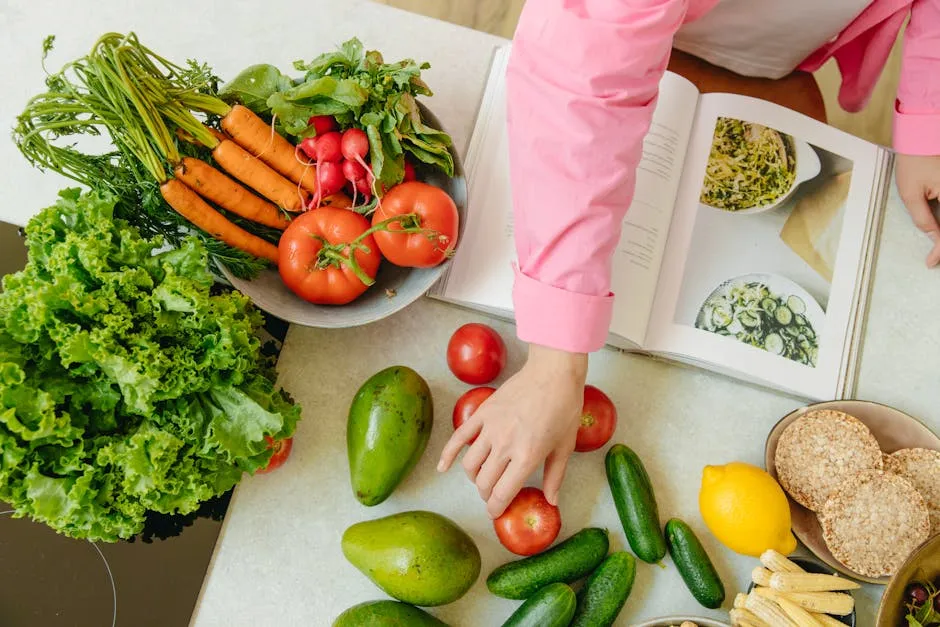
And if you’re serious about health, consider trying Organic Herbal Tea. It’s a soothing option that can complement your healthy lifestyle!
Cooking with Sesame
Cooking with sesame opens up a world of flavors. Tahini, a paste made from ground sesame seeds, is a staple in Middle Eastern cuisine. Use it to whip up creamy hummus or drizzle over roasted vegetables.
Sesame oil is another culinary gem. Its rich, nutty flavor enhances stir-fries and salad dressings. Asian cuisines often incorporate sesame seeds into sushi rolls or noodle dishes, adding crunch and depth.
In Mediterranean cooking, sesame is featured in sweets like halva and pasteli. The versatility of sesame allows it to shine in both sweet and savory dishes.
Why not experiment with a new sesame recipe this week? Try adding toasted sesame seeds to your favorite pasta or salad for a delightful twist! And if you’re looking to bake, a Silicone Baking Mat might just elevate your kitchen game!

FAQs
What are the best conditions for growing sesame plants?
Sesame plants thrive in full sun, needing at least 6-8 hours daily. They prefer well-draining, fertile soil with a neutral pH. Water them regularly, but ensure the soil dries out between sessions to avoid root rot.
How long does it take for sesame seeds to germinate?
Sesame seeds typically germinate in about 10 to 14 days. Factors like soil temperature and moisture can influence this timeframe. Warmer, moist conditions help speed up germination.
What should I do if my sesame plants are not producing seeds?
If your sesame plants aren’t producing seeds, check for pests or diseases. Ensure they receive adequate sunlight and water. Sometimes, poor pollination can occur, so attracting pollinators can help.
Can sesame plants grow in containers?
Yes, sesame plants can thrive in containers. Choose a pot with good drainage and use quality potting soil. Ensure the container is large enough to accommodate their growth, ideally at least 12 inches deep.
How do I store harvested sesame seeds?
Store sesame seeds in an airtight container in a cool, dark place. For long-term storage, consider freezing them. This helps maintain their freshness and flavor until you’re ready to use them.
Please let us know what you think about our content by leaving a comment down below!
Thank you for reading till here 🙂 And if you’re looking for a way to keep your kitchen organized, check out Reusable Food Storage Bags. They’re eco-friendly and perfect for keeping your food fresh!
All images from Pexels
